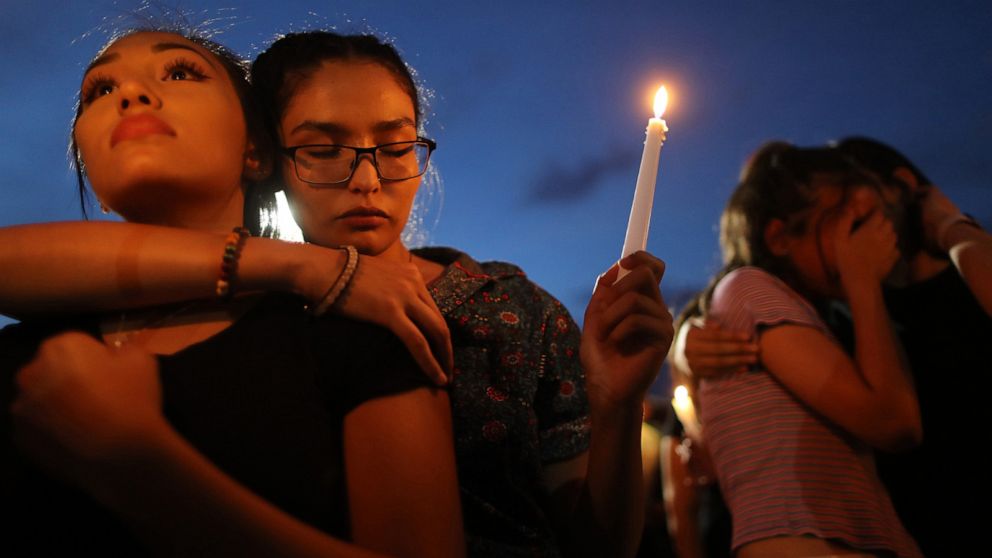In the Boston Review, Mark Tseng-Putterman reflects on the shocking series of mass shootings carried out by white supremacists in the US in recent weeks. While many have framed these crimes as domestic terrorism, Tseng-Putterman suggests a different way to view them: as a continuation of the campaign of racist violence that accompanied the founding of the US, when guns were used to exterminate the nonwhite residents of the continent. As Tseng-Putterman writes, “The frontier may have been closed, but in the anxious white psyche, the border remains open, threatening to undo the project of white dominance.” Here’s an excerpt:
In the popular imagination, this age of mass shootings—tragic as it may be—began relatively recently. Live television coverage of the Columbine High School shooting in 1999 seared the now familiar image into the minds of millions: two white male teens, clad in trench coats to hide a vast arsenal of weaponry. The trope of the “troubled white male” became a kind of journalistic shorthand—a stock character whose motives, the media and law enforcement always carefully report, are “still under investigation.”
The “evidence” that emerges often casts the shooter sympathetically: he played violent video games, he was bullied at school, he showed signs of mental illness. This politically safe, NRA-approved messaging about lone wolfs crowds out discussion of white supremacist or misogynistic ideology, which is decried as a cynical attempt to “politicize” tragedy. Yet recent years have made the correlation unavoidable: the 2012 fatal shooting of six Sikh worshippers in Oak Creek, Wisconsin; the 2015 murder of nine black churchgoers in Charleston, South Carolina; eleven dead at the Pittsburgh Tree of Life synagogue just last year. And now, twenty-two victims, mostly Latinx, killed by a shooter taking up arms against a “Hispanic invasion” and the “rotting” of America.
Image: A vigil for mass-shooting victims in El Paso, Texas, August 2019. Via ABC News.
